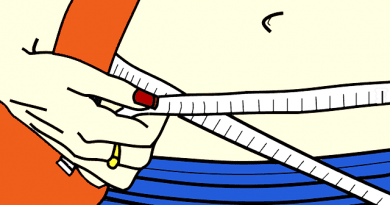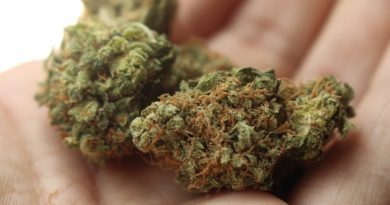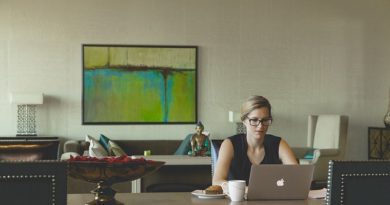Understanding the Cells in Your Body
All physiological processes of the body are based on cellular activity and cells of all species exhibit remarkable biochemical unity. It is amazing that all organisms are composed of cells. Cells are the simplest structural and functional unit of life. An organism’s structure and all of its functions are ultimately due to cells.
Cells come from only preexisting cells, and do not come from nonliving matter. This is the prime reason that all life traces its ancestry to the same original cells.
Cells are progressively organized into tissues, organs, systems, and the whole body. There are five levels in which cells are organized:
- Organ System
- Organs
- Tissue
- Cellular
- Chemical
Disclaimer: This article is for informational purposes only and is not meant to treat or diagnose any condition. It is recommended that you speak with your doctor before starting any exercise program, changing your daily nutrition, or adding any supplements to your regimen.
Table of contents
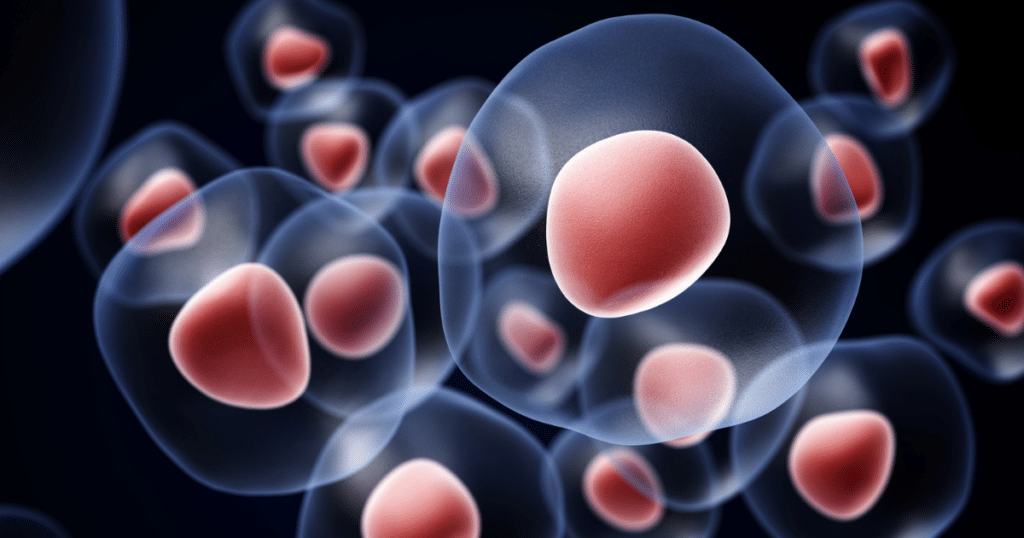
Homeostasis and the Cells in Your Body
Homeostasis is essential for the survival of cells, and each of these cells, as part of an organized system contributes to homeostasis. A change in an internal environment initiates a reaction to minimize change within the system. The purpose of this is to maintain stable conditions in the body. A loss of homeostasis of the cells tends to cause illness or even death.
Different concepts of homeostasis:
- Extrinsic Control
- Permits coordinated regulation of several organs
- Dynamic Equilibrium
- A balanced change around a set point
- Major Control Systems
- Nervous and Endocrine
- Negative Feedback
- Body senses a change and reverses in opposite direction
- Positive Feedback
- Change brings upon more change
- Requires cell-to-cell communication via chemical messengers
Components:
- Effector
- A molecule, cell, or organ that carries out a response to a stimulus and restores homeostasis
- Integrating Center
- A mechanism that processes information relates it to other available information and makes a decision about what the appropriate response should be
- Receptor
- Senses change in the body
- A cell or organ specialized to detect a stimulus
Chemical Concepts of Cells in Your Body
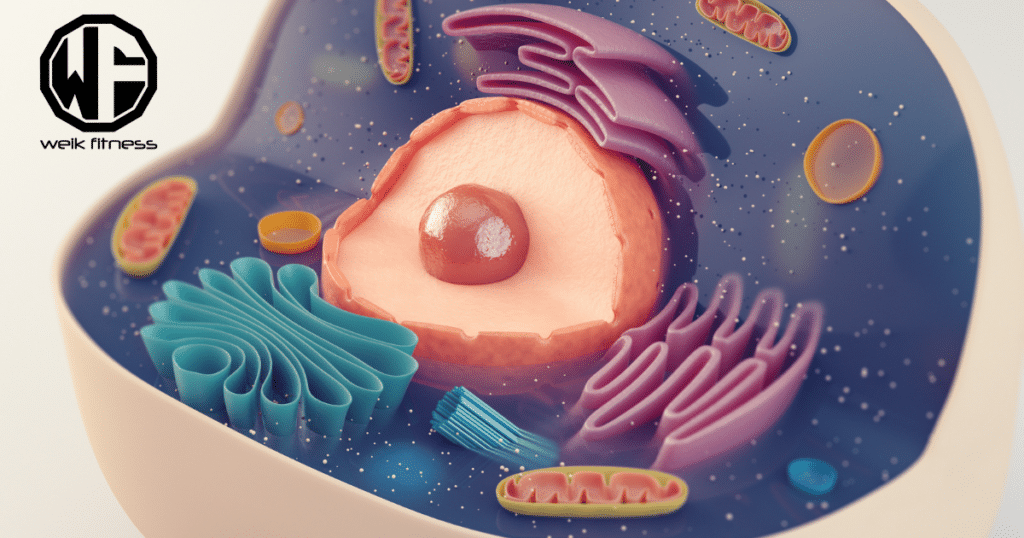
A cells survival depends on chemical reactions to carry out cell functions and build and maintain cell structure.
Let’s break down some concepts to make sure everyone is on the same page before we move on.
- Matter is anything that has mass and occupies space
- An element is the simplest form of matter to have unique chemical properties
- An atom consists of protons (+), neutrons, and electrons (-)
Electrons
Electrons determine the chemical properties of an atom, thereby governing what molecules can exist and what chemical reactions can occur. Electrons swarm about the nucleus in concentric regions called electron shells. Each shell has a limited number of electrons. The electrons in the outermost shell are called valance electrons and they determine the chemical bonding properties of an atom.
Ions

Some atoms will either give up electrons or acquire additional in order to form a complete outer shell. Ions are charged particles with unequal numbers of protons and electrons. The charge on an ion is called its valence. An anion is negatively charged while a cation is positively charged. Molecules that ionize in water and form solutions capable of conducting electricity are called electrolytes (Gatorade ring a bell?).
Chemical Bonds
Atoms chemically bond with each other to form molecules or different elements form compounds. Chemical bonds are a force that attracts one atom to another.
- Ionic Bond
- Due to the attraction of oppositely charged ions to each other
- Covalent Bond
- Results from the sharing of electrons
- Polar bonds are those in which the electrons are not shared equally, so regions of the molecule have a different charge associated with them
- Nonpolar bonds are when electrons are shared equally, thus the molecules have no regions of different charge
- These are the strongest of the bonds
- Hydrogen Bond
- Occurs when there is a weak attraction between a slightly negative oxygen or nitrogen atom in one molecule and a slightly positive hydrogen ion.
- They can form between different regions of the same molecules, such as proteins and DNA
- These are the weakest of the bonds
Chemical Reactions
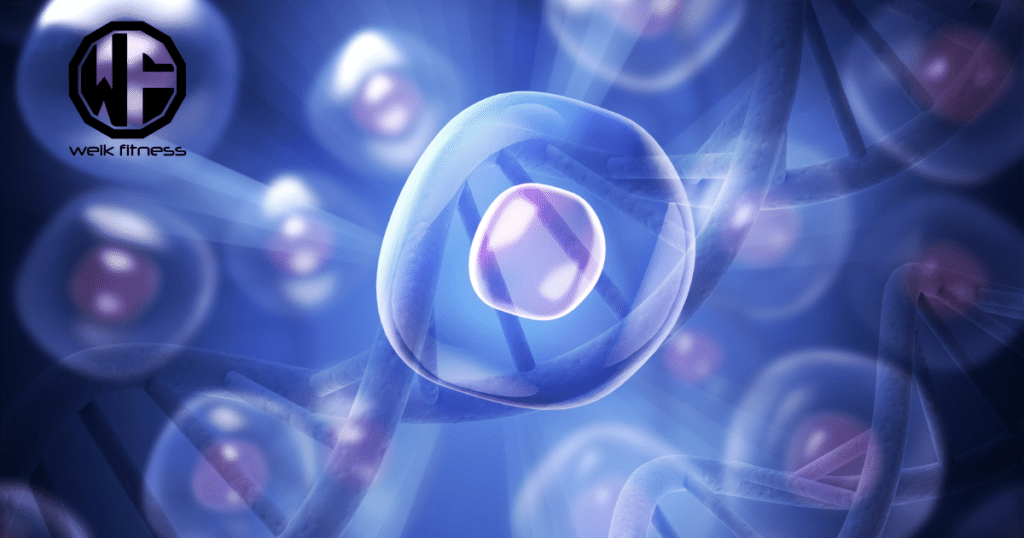
A chemical reaction is a process in which a chemical bond is formed or broken. Reactants are substances that enter into a reaction and are consumed by it. Products are substances produced by the reaction that took place. Law of mass action states that reversible reactions proceed from the side with the greater quantity of reactants to the side with the lesser quantity. The basis for chemical reactions is molecular motion and collisions.
Reactions are affected by:
- Catalysts
- Work by temporarily binding to reactants and holding them in a favorable position to react with each other
- Concentration of reactants
- Temperature
The basics of Acids and Bases:
- Chemical solutions that resist changes in pH are called buffers
- Electrolytes that release hydrogen ions in water are called acids
- Electrolytes that release hydroxyl ions that combine with hydrogen in water are called bases
- pH = 7.0 (neutral)
- pH < 7.0 (acidic)
- pH > 7.0 (alkaline)
Conclusion
This was a cliff-note version on cells. There is so much information out there that gets more in-depth on the topic than what we got into with this article. The information found in this article will help you understand a little more about what your body does at a cellular level and will hopefully give you a better appreciation of what your body does on a daily basis without you even knowing or feeling it.
Hopefully this brief content piece on cells perked your curiosity about the human body and how it works. If so, please consider sharing it.


*Disclosure: This article may contain affiliate links or ads, which means we earn a small commission at no extra cost to you if you make a purchase through these links. These commissions help support the operation and maintenance of our website, allowing us to continue producing free valuable content. Your support is genuinely appreciated, whether you choose to use our links or not. Thank you for being a part of our community and enjoying our content.
PLEASE CONSIDER SHARING THIS ON YOUR SOCIAL MEDIA TO HELP OTHERS LEARN MORE ABOUT THIS TOPIC.



